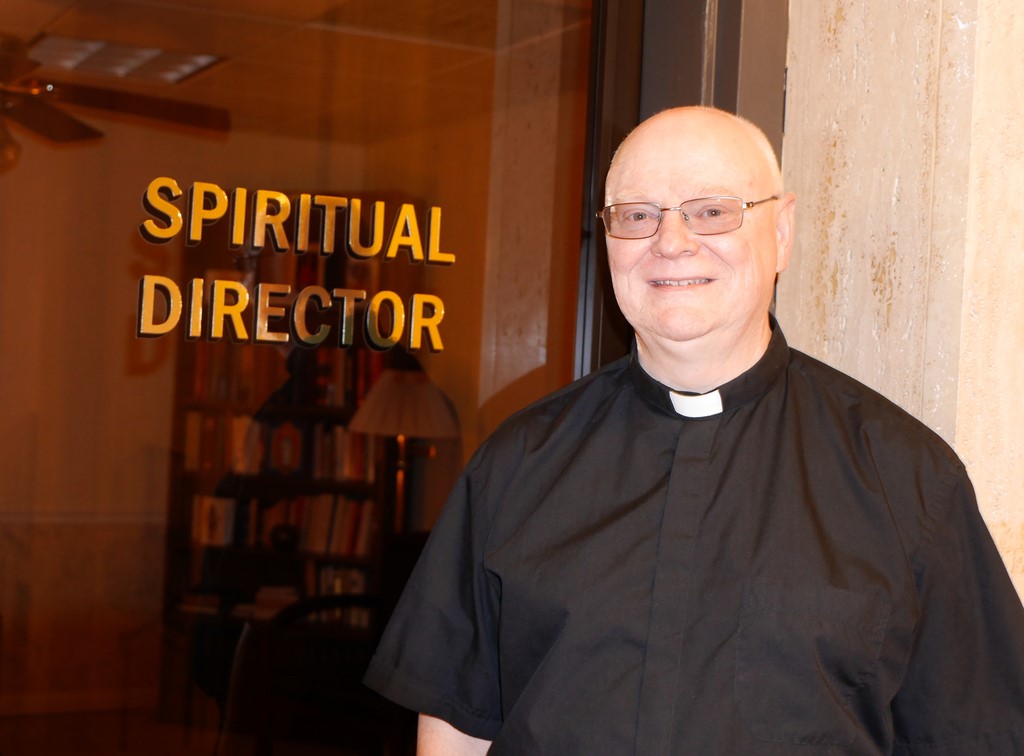|
"The Landscape Of Life"
Christ uses two parables today – the sowing of seeds and the mustard seed – to explain the attributes or nature of the Kingdom of God and our involvement in its growth. Like the life spirit embedded by God in the seeds, the gospel rooted by Christ in us has the ability to expand and grow and multiply in the world, even as lofty, supportive, living canopies in the kingdom of heaven itself. Although we may think our contributions and commitments to God’s word are as insignificant as the tiny seed, each of us individually is actually part of a much bigger picture in the evangelization process. The faith will emerge and grow rich branches with the passage of time if we continue our work as committed Christians. We must water our faith with trust and love for God’s word to ignite the life of the seed of salvation in us for all to see. Sowing good deeds and saying the smallest prayers can grow and expand Christianity overnight in the landscape of our lives. But is there something deeper Jesus wanted us to acknowledge about the miracle of the seeds or the mystery of creation? What do we mean by the ‘landscape’ of life? Lately, there is a heightened awareness of the sincere need for reconciliation with our indigenous brothers and sisters, an urgent need for the active, committed repair of a respectful and loving relationship as our cultures meet and come together. An important part of healing that relationship is emphasizing how much we, too, share in the love of God and the spirit of his Creation. The spirit behind all creation, of God in earth’s ‘landscape’ is critically important to the Indigenous people, and a Christian writer I know shares these same beliefs in his book, The Four Elements. Theology and philosophy blend with poetry in Ireland’s beloved author and poet, John O’Donohue, a Catholic priest who soon became a prolific religious, spiritual writer and international speaker. John would unexpectedly die in his sleep at 52 yrs. If there is one thing John will be clearly remembered for is his love of ‘creation’, all the creatures great and small which shared his world on the North West coast: the ‘soil’, the ‘earth’, ‘the wild brush’, the ‘stone’, all the vast ‘landscape’ of his life. This is where Jesus inspires John’s work, because Jesus also reflects upon creation, the earth, the visible landscape around us where the spirit of his Father, our Father, dwells in the tiniest seed, to explain the vast Kingdom of God growing among us. Of the four elements – Air, Water, Earth, and Fire – today we will look at Earth, or in John’s words, Landscape and Stone, and where, before human kind arrived, there was only silence and the material universe created by God out of nothingness: “Landscape is not just there. It took millennia to come here. Landscape is the first born of [God’s] creation. It was here long, long before we were even dreamed [of by God]. It was here without us. It watched us arrive. How strange we must have seemed .. to the ancient eye of landscape. ... Yet without the landscape, no human could ever have come here; there would have been nowhere to put us. … Why then is landscape hardly noticed? Why is it so rarely considered to be a presence? Why is it abused, raided and raped? The answer has to do with the powerful motor of greed and blindness in the human. Naïve and arrogant “human come lately” believes he actually owns the landscape. The ferocity and hunger .. to own landscape is probably a subconscious act of vengeance by the human orphan who senses the impenetrable landscape will one day absorb his bones. Despite its vast hospitality to us, providing us with .. countries, towns, roads, and homes, landscape .. never forces us to acknowledge its graciousness. .. Though landscape is always watching us, it rarely intrudes, it leaves us to our preoccupations, our constructed meanings [of life], our desires. [It remains poised and independent in] its stillness and silence.” .. even in the wake of global warming. The holy spirit is in this landscape. God’s face is in this landscape, as God’s face is visible in each other. This week, let us be conscious of our landscape, acknowledge it with reverence and gratitude like our Indigenous friends do, this spirit of God emanating throughout the world around us, graciously giving us a place to dwell. Think of how we can nurture that seed of salvation in us simply by being examples of Christian love to the world, loving God, loving each other, and as good stewards loving, respecting and caring for the holy, sacred, living landscape we dwell in. – Rev Fr Christopher Tracey, Saint Joseph Parish, Saugeen Shores, Ontario
0 Comments
Your comment will be posted after it is approved.
Leave a Reply. |
Father's Blog
Rev. Fr. Christopher Tracey
St. Joseph Parish Pastor Archives
January 2022
|
